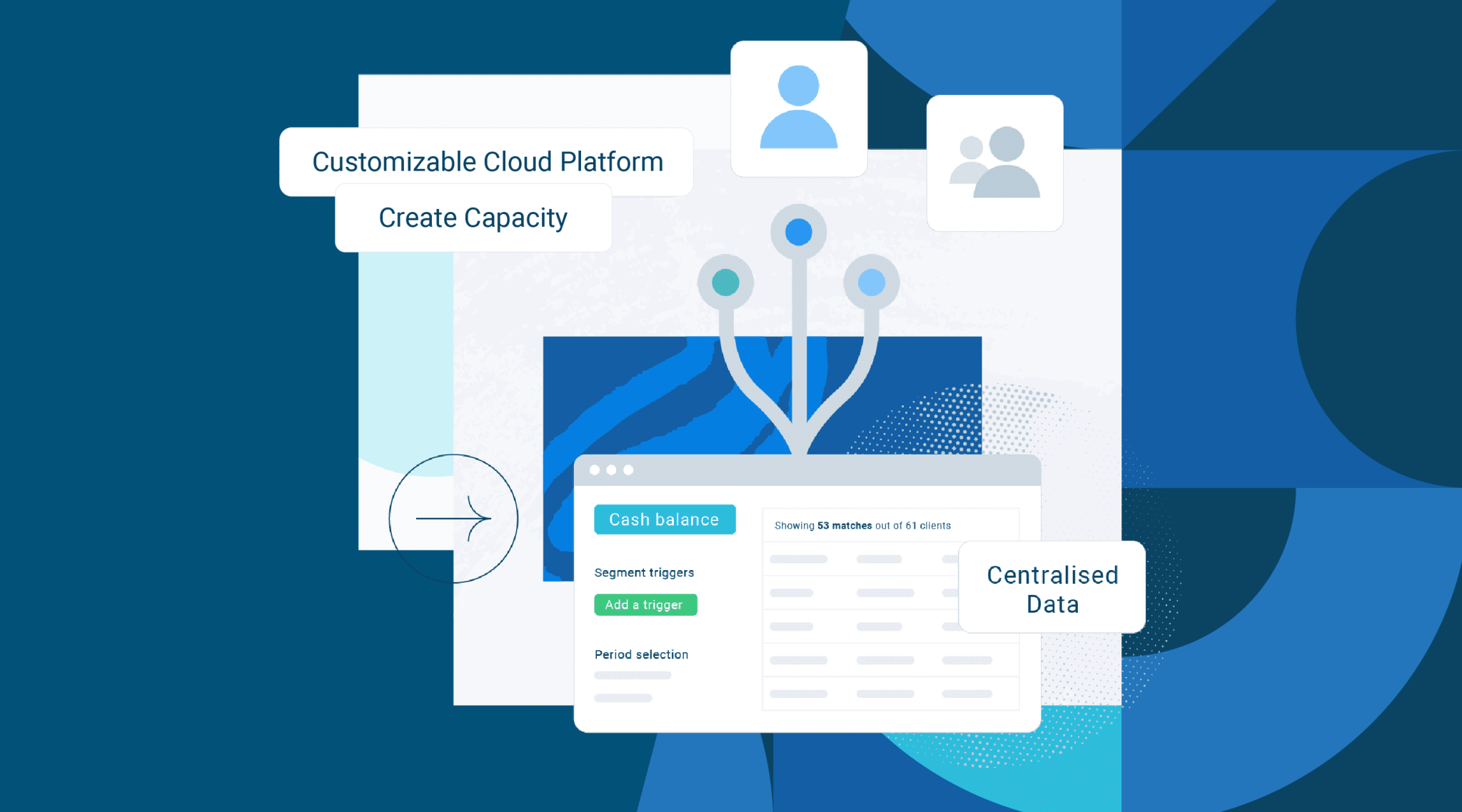The insights that firms gain from benchmarking are invaluable, both internally and externally. All too often, however, they’re simply invisible or it is just too hard to do.
Benchmarking is a powerful tool. Just ask any kid who suddenly learns that their friend beat them in an exam or that they just beat their school’s 100m sprint record — or any business owner who realises that their competitors are bringing in three times the amount of revenue with the same number of staff.
We all compare ourselves to others, whether consciously or not. Plenty of us even compare ourselves to who we were in the past. This is especially important for businesses. Benchmarking allows companies to keep tabs on how they’re performing, and how they’re performing in relation to their competitors. It enables them to get to the heart of whether their business is fulfilling its potential — and if not, why not.
While a wide range of benchmarks exist, all the way from a company’s customer experience with measures like Net Promoter Score (NPS) to their social media engagement, there’s one category that’s arguably more important than all others: financial benchmarks.
Accountants have a key role to play in helping companies benchmark their performance. They have a view on their clients’ historic and live financial data and should have it to hand. They are also highly likely to have some key insights into the industry as a whole across their client base.
The insights that firms gain from benchmarking are invaluable, both internally and externally. All too often, however, they’re simply invisible or it is just too hard to do.
Our latest report, ‘Technology Trends in Accounting 2021’, shows that benchmarking is still failing to truly make its mark.
Understand your whole client base in greater detail
Clients want results. Gone are the days when firms were hired to simply take care of compliance. These days, accountants are truly invested in their clients’ success. They actively use their expertise to advise on potential tax savings, conduct cash flow management analysis, and support forecasting and business planning (among other tasks).
When a firm has multiple clients, however, it can be difficult staying on top of which clients are sinking and which are swimming. It’s easy to get wrapped up in your success stories. A young company takes your advice and goes from strength to strength. They come back to you for more and more advice, keen to keep the momentum going, and fully trust your expertise. It’s a great feeling and you’re over the moon to see one of your clients doing so well, so you duly oblige.
But if you lack a simple means of gaining insight into your client base by benchmarking data across your client portfolio, you might not notice that another of your clients is quickly falling behind and needs your help more. Perhaps they hired a bunch of new employees but are yet to see the ROI — in fact, they’re losing more money than ever. Or maybe they decided to open a new shop but this one isn’t performing as well as the others.
Benchmarking data across your portfolio is the only way that you can keep tabs on all your clients. Investors don’t simply pay attention to the stock that’s performing best on the day — they analyse their entire portfolio. Similarly, if you want to give all your clients the time, expertise, and attention that they require, then you need to have a single portfolio-wide view of how they’re all performing.
Last year, 28% of respondents in our survey said that they can gain these levels of portfolio-wide insights. This year 31% agreed or strongly agreed. Progress has been made but not enough.
You will want your firm to be there for both your high-performers and low-performers. Every client deserves your best. If you can’t benchmark across your entire portfolio and identify clients that need the most help, then you may well end up missing key red flags — and your clients’ businesses might suffer.
Systems that serve you
Well-designed systems are the key to success. This is nothing new. For years, firms have been investing heavily in digital transformation efforts to ensure that they have the technology infrastructure to handle more work, more efficiently, and more accurately than ever before.
Perhaps your firm has introduced new payroll software to expedite this task for each of your clients.
Or maybe you’ve introduced a new tool that allows your clients to simply take a picture of their receipts before uploading them automatically, instead of sending you endless shoe boxes of paper at their financial year-end.
The best systems serve a purpose, fulfilling both your firm’s and your clients’ needs. But systems can go beyond simply handling routine core tasks. They can actually provide the insights that accountants need to take the much-discussed leap into becoming genuine financial advisors.
Imagine you’re sitting down with a client to discuss their recent performance and to identify opportunities going forward. The first step would be to look at their financial data — the numbers don’t lie. But what if you can’t complete a detailed analysis of each client’s account? If your system doesn’t allow you to rapidly analyse every single piece of client data, you’ll either have to:
- Dig around various systems trying to find each piece of data, put everything together into one place, and then begin your analysis.
- Work off limited information (which will result in inaccurate analysis and poor recommendations).
Neither one of these options is ideal. Firms must be able to rapidly analyse each client’s performance, using all the data that the client has generated to do so. So why do only 41% state that their current systems allow them to complete detailed analyses of each client account (or portfolio of accounts)?
Disappointingly, this figure is only up 4% from last year. Accountants will never become trusted business advisors if they work with systems that hinder their ability to conduct rigorous analysis.
Being able to complete a detailed analysis of each client’s performance is one thing. But you should also aim to benchmark clients against each other so you can advise each of them on how well they’re performing compared to their peers as well as share learnings across their sector. This will enable you to deliver an added layer of value to your clients and strengthen your position as a trusted advisor.
Bring benchmarking back into focus
Accountancy is developing fast —there’s always an exciting new tool or massive new regulation (yep, that’s right MTD in the UK, we’re talking about you) to focus on. This means that benchmarking can sometimes fall out of focus.
But if your firm cannot effectively benchmark its clients’ performance, then you’ll be missing a significant opportunity to add value.
You need visibility into the status of your clients’ workflows. You need to be able to monitor your internal performance to ensure all clients are receiving the help they need when they need it from all of your teams. You need to ensure that you are consistently completing work to the quality and efficiency you need. You need to benchmark your clients’ performance across the board too. This will allow you to spot areas for improvement and to assess the ROI of recent projects.
It’s time to bring benchmarking back into focus. The first step? To implement the right tools and to consolidate all the historic and real-time data so it’s at your fingertips. Get in touch to learn more about how Silverfin makes benchmarking easy for firms and for their clients.
To find out more about the biggest changes to have affected the accounting industry in the last 12 months, download ‘Technology Trends in Accounting 2021’ today.






